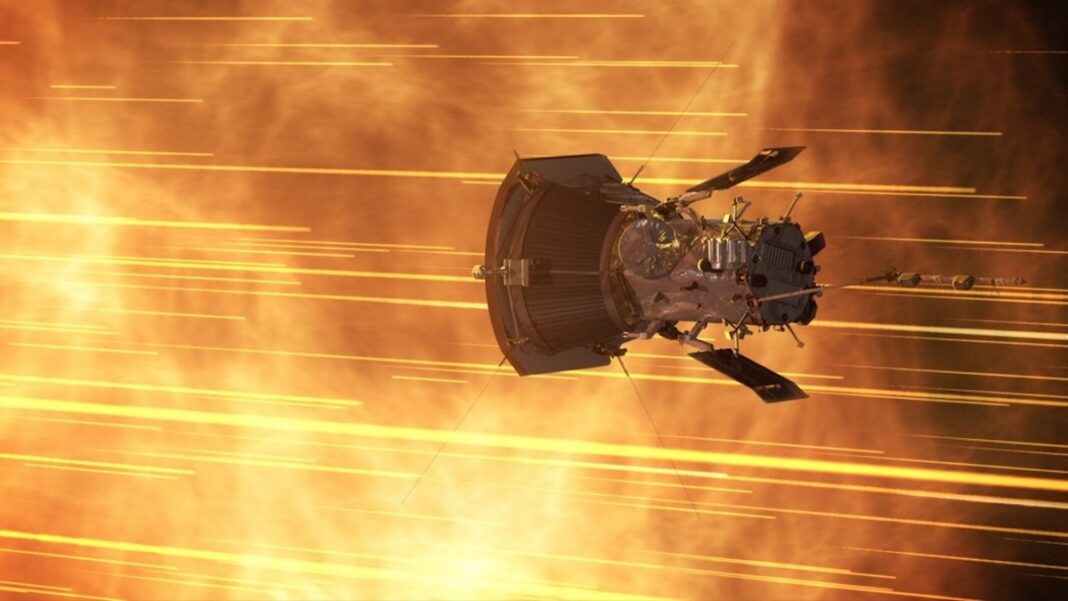UNITED STATES: NASA’s Parker Solar Probe, which orbits the sun, seems to be in difficulty. The Parker Probe will approach the sun several times in order to monitor the solar wind’s speed, temperature, and magnetic field, among other characteristics.
In essence, it is crucial for researchers to examine practically every aspect of the sun, but according to sources, the NASA Parker Solar Probe equipment lost power. The space agency wrote in a blog post that it abruptly went offline on February 12.
“It happened while applying the flight software patch for the Energetic Particle Instrument (EPI-Hi). A review board for anomalies discovered that the sensor had been power cycled before the new patch had fully loaded”, On February 17, NASA provided a brief update on the Parker Solar Probe.
EPI-Hi is one of two particle detectors designed to measure extremely energetic solar particles.
However, the instrument won’t work for a few weeks because of the geometry between the probe and the sun as well as solar radio frequency interference, which will make it difficult to get a reliable uplink.
Following the blackout, it is predicted that EPI-Hi will resume normal operations in time for the spacecraft’s 15th near-encounter with the sun on March 12. Fortunately, the entire spacecraft is still in good condition and is operating as intended.
In 2018, the Parker Solar Probe was launched to explore the sun’s secrets. The Parker Solar Probe gradually drew closer to the Sun over the course of seven flybys over nearly seven years in order to study the mysteries of the sun’s atmosphere.
The spacecraft moves at a tremendous 500 000 kph, enabling rapid entry and escape to avoid damage from the sun’s heat.
The majority of the information gathered by the Parker Solar Probe is acquired during a daring, extremely close flyby of the Sun, during which the spacecraft is subjected to extreme heat and is propelled at extremely high speeds.
Every five months or so, these flybys take place. The 15th flyby in the history of the project will be the forthcoming one, and it will peak on March 17.
Also Read: NASA’s Perseverance Rover Celebrates Two Years of Exploration on Mars



